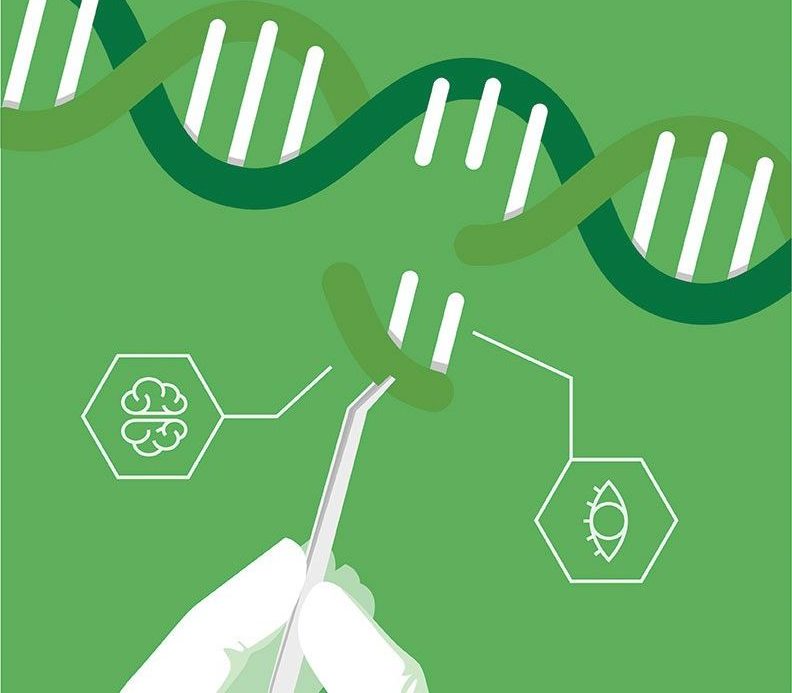A novel genome editing technique, NICER, is based on the creation of multiple nicks in single DNA strands by nickase. The method can correct heterozygous mutations using two mechanisms: multiple nicks induced by Cas9 nickase and a homologous chromosome as an endogenous repair template. The researchers suggest that NICER is as effective as CRISPR/Cas9 while significantly reducing unintended mutations.
This work is published in Nature Communications, in the paper, “Inducing multiple nicks promotes interhomolog homologous recombination to correct heterozygous mutations in somatic cells.”
Traditional CRISPR editing uses Cas9, which initiates a break in the double-stranded DNA. This double-strand break is key for initiating changes to the DNA. However, cellular repair of double-strand breaks can lead to unintended mutations, as well as the integration of exogenous DNA into the human genome, which raises safety concerns for clinical applications of CRISPR/Cas9 technology.
To minimize these unintended mutations, the team investigated the use of Cas9 nickase, which creates single-strand breaks or “nicks” in DNA that are typically repaired without causing mutations.
“Using the NICER technique, heterozygous mutations—in which a mutation appears in one chromosome but not its homologous copy—are repaired using the unmutated homologous chromosome as a template,” explained Akiko Tomita, from the department of bioregulation and cellular response at the Osaka University Japan.
“Although a single nick near the mutation site rarely leads to successful gene correction,” the authors wrote, “additional nicks on homologous chromosomes strongly enhance gene correction efficiency via interhomolog homologous recombination (IH-HR). This process partially depends on BRCA1 and BRCA2, suggesting the existence of several distinct pathways for MN-induced IH-HR.”
The research team used human lymphoblast cells with a known heterozygous mutation in the gene TK1. When these cells were treated with nickase to induce a single cut in the TK1 region, TK1 activity was recovered at a low rate. However, when the nickase induced multiple nicks in this region on both homologous chromosomes, gene correction efficiency was enhanced approximately seventeen-fold via activation of a cellular repair mechanism.
“Further genomic analysis showed that the NICER technique rarely induced off-target mutations,” said Shinichiro Nakada, PhD, researcher at Osaka University. “We were also pleased to find that NICER was able to restore the expression of disease-causing genes in cells derived from genetic diseases involving compound heterozygous mutations.”
Because the NICER method does not involve DNA double-strand breaks or the use of exogenous DNA, the method rarely induced unintended genomic alterations, and therefore may be a safe alternative to conventional CRISPR/Cas9 methods. NICER may represent a novel approach for the treatment of genetic diseases caused by heterozygous mutations.


